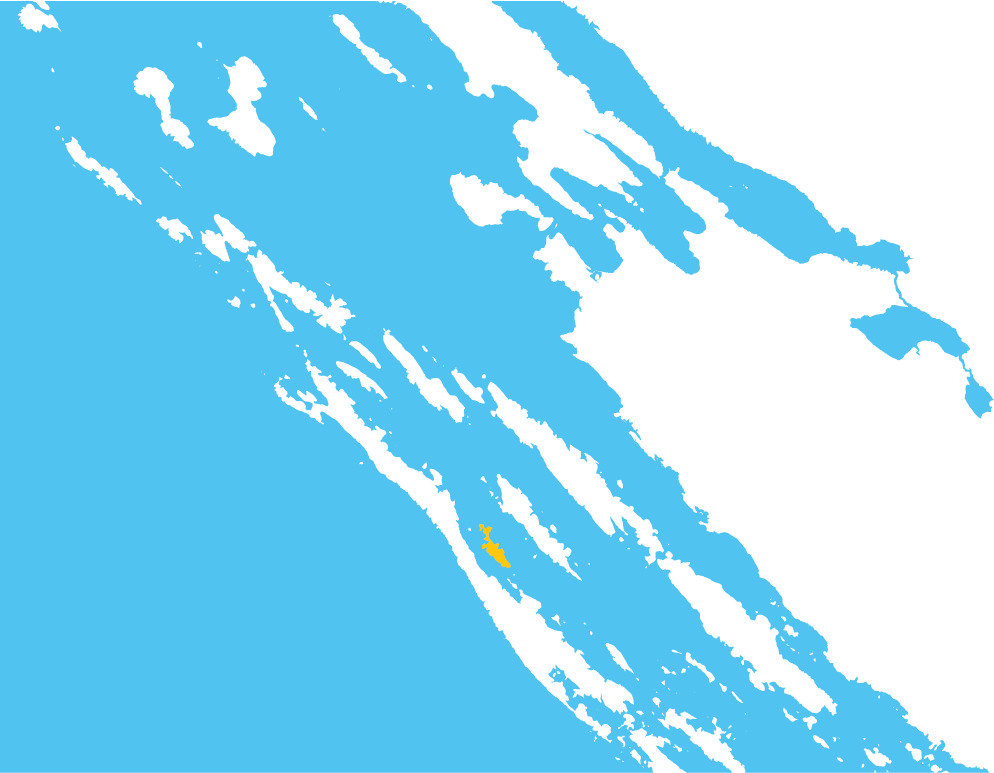Type and hit enter
Type and hit enter

The island of Rava is situated in the Iški kanal (Iž Channel) between the islands of Iž and Dugi otok. According to its geographical features, it belongs to the group of small inhabited Croatian islands. This secretive island of the Zadar Archipelago amazes with its combination of blue and green. It is known for its beautiful beaches, hidden coves and crystal clear sea. As such, it is ideal for an escape from the hustle and bustle of everyday life.
Although it has a surface are of only 7 km², the Rava is very indented, with as many as 15 bays: Tanko, Vališina, Ivanoševica, Pavajsko, Pestehovac, Dražice, Golubovac, Martinica, Grbavač, Grbačina, Marnjica (Marinica), Paladinjica (Paladinica), Vićabok, Lokvina and Za Grbicu. Rava is divided into properties by horizontal stone walls (mocira) and vertical ones (trmezal). Despite the island’s uneven relief, the people of Rava have diligently cultivated their land for centuries, terracing the slopes and creating fertile fields and olive groves. The agriculture has always been the basis of the island’s economy, with an emphasis on growing of olives and viticulture. On the island’s hilly terrain the people of Rava used to build stone walls, fences and cultivate gardens for centuries, thus creating a characteristic landscape. Besides the agriculture, the people of Rava were also known as fishermen and craftsmen, e.g. Manufacturers of fishing traps (vrša) and baskets (sprta). In the 19th century, the inhabitants of Rava turned more to the sea and became sailors and fishermen. They were involved in trade and fishing on ships from neighbouring islands and towns.
There are two settlements on the island: Vela Rava and Mala Rava, and the island is known for olives, oranges, blueberries, blackberries, peaches and plums. However, it is best known as the centre of the world, i.e. the legend and belief of its inhabitants that Rava is at the centre from which the world is set into motion by underground wheels. The island is mentioned as early as the 13th century, when historical records mention the Zadar noble family Raua, who had their estates on this island.
Adding {{itemName}} to cart
Added {{itemName}} to cart